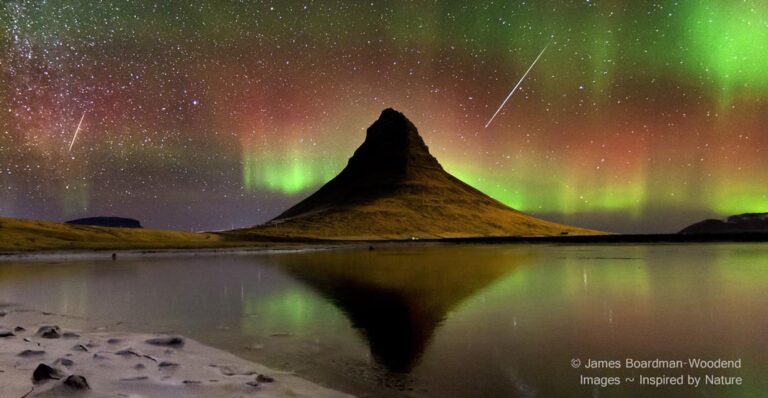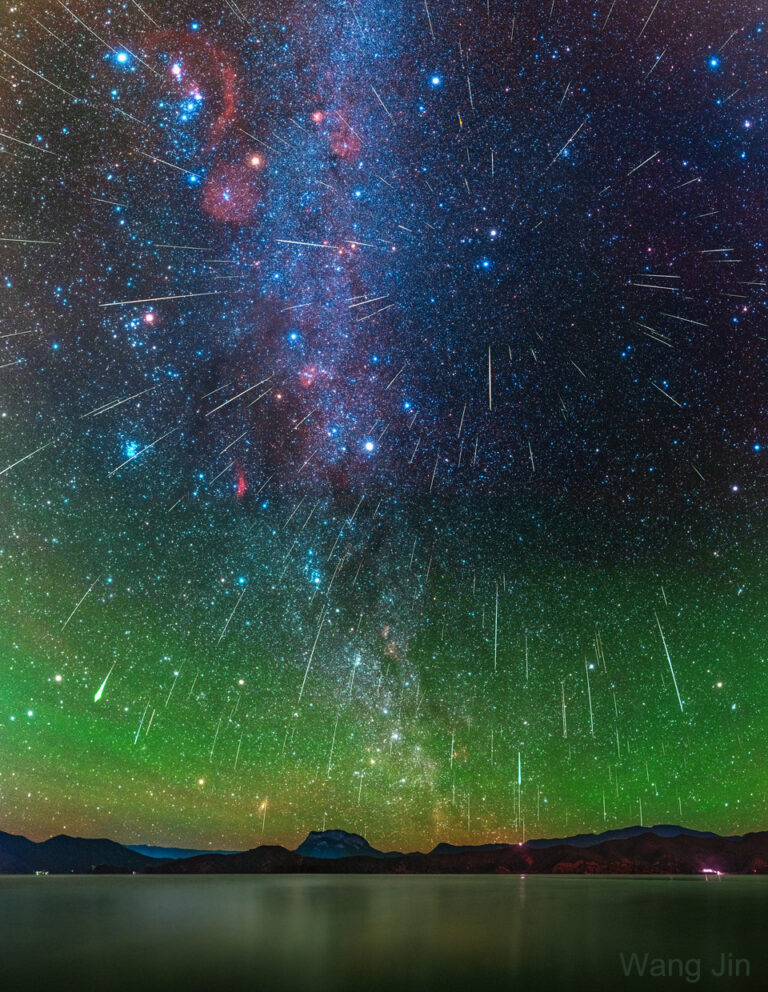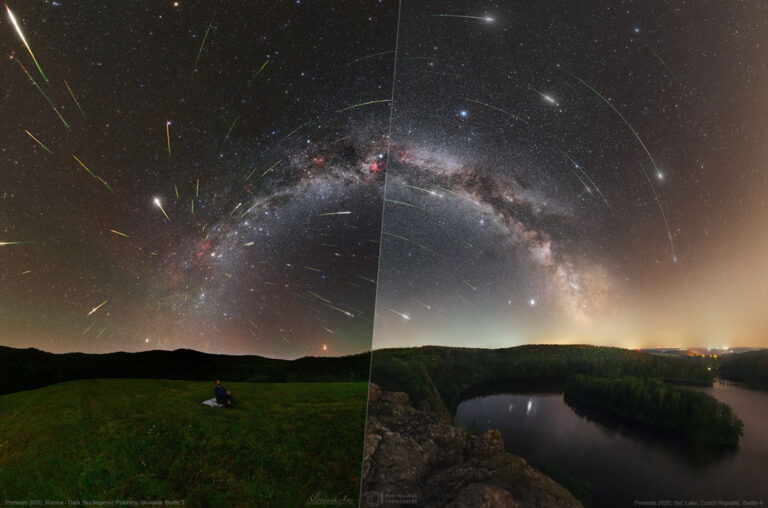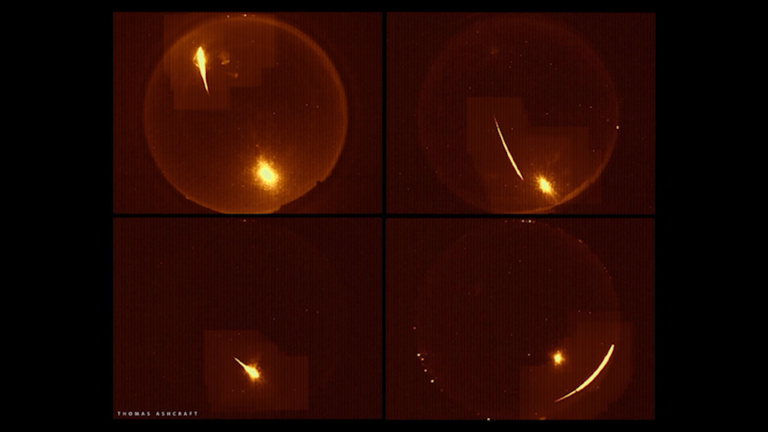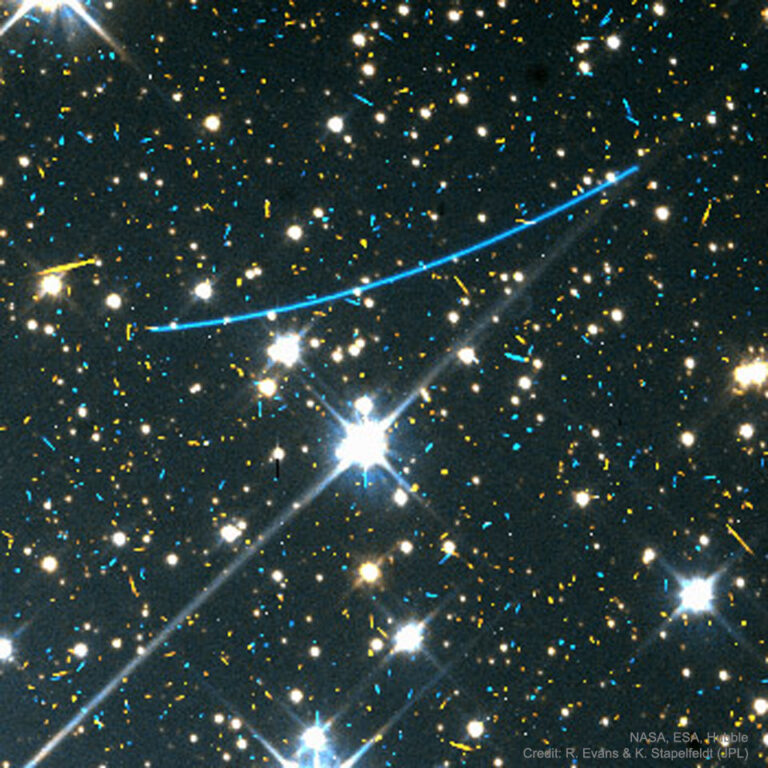西村彗星
2023年9月9日 Comet Nishimura Grows Credit & Copyright: Peter Kennett Explanation: Comet Nishimura is growing. More precisely, the tails C/2023 P1 (Nishimura) are growing as it nears the Sun. Discovered only last month, the comet is already near naked eye brightness as it now moves inside the Earth’s orbit. The comet will be nearest the Earth next week, but nearest the Sun the week after — on September 17. Speculation holds that expelled ice and dust from Comet Nishimura‘s last visit to the inner Solar System may have created the Sigma Hydrids meteor shower which peaks yearly in December. If so, then this meteor shower may become more active, refreshed with new comet debris. Pictured, Comet Nishimura was captured from Edgewood, New Mexico, USA four nights…



